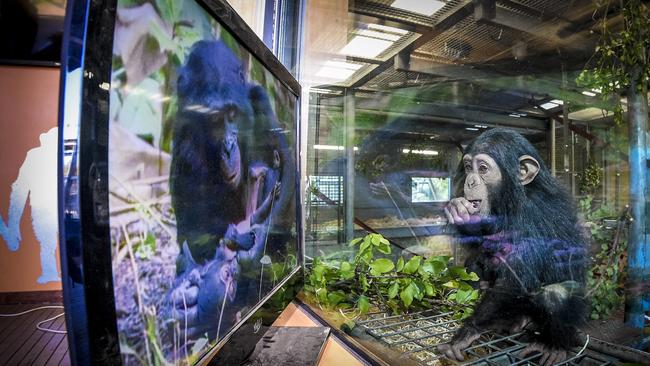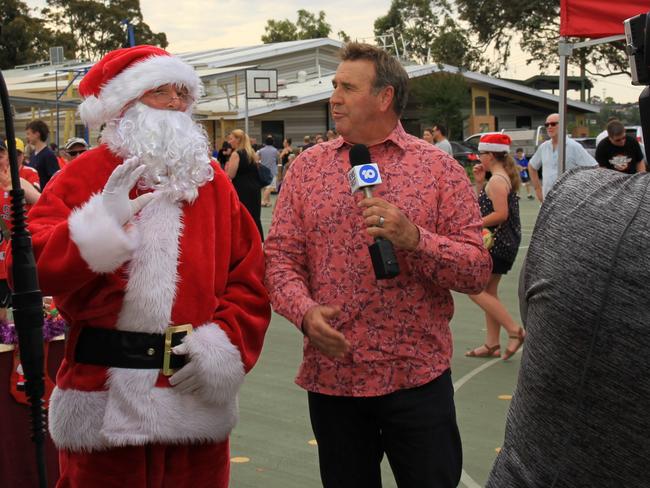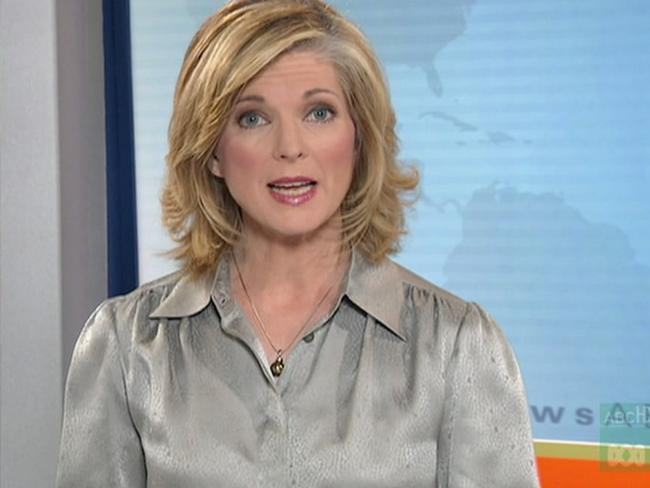
I consume a lot of news. Almost all of it comes in print form or its web-based equivalent.
At the end of the day, the evening television news bulletins have become like wallpaper. They are on in the background, the elevator music of information exchange.
Where once we huddled around six or seven o’clock bulletins, much of the television news broadcast in the evenings has been regurgitated from earlier bulletins. Not fake news so much but old and dragged out of the cupboard for one more airing.
So much of it is dross, using a number of tired and lame devices that should have you reaching for the remote control when they appear. Let’s face it, it is the only way they’ll learn.
The ‘Live’ Cross
The live cross is almost always not live in the sense that you are not seeing an event unravel before your eyes on your television screens.
The live cross takes place after everything has happened and very often after it has been tidied up. News directors consider this a way of showing that their news services are providing information on an immediate basis but really it renders reporters into props often in postcard locations.

Got a story on British politics? Pop a reporter in front of the Palace of Westminster. A piece to camera with the Eiffel Tower in the background just reeks of French news. What better way to say there’s been a train crash in Germany than having a reporter staring down the barrel of a betacam besides the Brandenburg Gates?
And that’s just the foreign news. More and more reporters are being thrust out into local spots for no other reason than to get the shot.
It’s all vaguely dishonest and reminds me of the veteran local reporter for one of the networks in Melbourne now long retired who kept a teddy bear in the glove box of one of the network cars. When he attended the scene of a car accident where a child had been killed, he’d grab the teddy bear and fling it into the gutter near the scene and do a ‘live’ cross with the love worn teddy in shot.
Off he’d go. “Tragedy on Melbourne roads today…”.
It wasn’t just cheap and nasty. It was wrong, and he should have been pulled up for it, but he never was.
What do you reckon will happen by Christmas?
Closely related to the live cross, this is the live cross where the news presenter asks the reporter not to provide a concise account of an event that has recently occurred but to offer up their opinions on what might happen, thus seamlessly moving from news to opinion.

I recall the ABC coverage of the last French presidential election where the reporter, Lisa Millar, provided a quick account of the results, results it must be said that had been known for almost 24 hours, and then was asked what might happen next. Even stranger she was asked by the news presenter, Juanita Phillips, what would happen by Christmas (the election was held in May).
I don’t recall Millar’s answer but I know what it should have been.
“Well Juanita, I’ve just slaughtered a goat and I’m rummaging through its entrails now and I think by Christmas basically anything could happen.”
Journalism is not soothsaying. It’s primary purpose is to chronicle what has happened, not speculate on what might take place. Most journalists hate this stuff, as they should but too often they are called on to make predictions that are essentially worthless.
If a journalist can predict the future, how about giving us next Thursday’s Powerball numbers or the winner in the last at Rosehill Gardens?
The Vox Pop
This is a form of news broadcast much loved by SBS and to a lesser degree these days, the ABC. When a major announcement is made and the small army of producers can’t find anyone with relevant expertise to be interviewed, the news director orders the reporter and crew out onto the streets to get answers to questions no one understands.
The Pitt Street Mall always works well. When Covid hasn’t shut the place down Bourke Street Mall in Melbourne can quickly become infested with reporters and crews asking those not smart enough to brush them off what they reckon. Ditto Queen Street mall In Brisbane. But don’t do Adelaide’s Rundle Mall or the reporter could be bundled into a car and found weeks or perhaps even years later in a shallow grave out the back of Truro.
In the end, what is served up is a heavily edited chop up of responses cut back to a neat four vox poppers with a dodgy balance between those for and those against whatever the proposal might be.
It is about as useful as pockets on a singlet. What we are getting is a poll of four people. I can do that at home if the cat would sit still for a minute.
The Body Language Expert
As pseudosciences go, this one is a doozy. It is the 21st century version of phrenology without the soothing head massage where you are informed you are a criminal afterwards.
Body language experts belong to a weird guild of people who believe they have eerie powers of interpreting human movement. Really, it belongs in the pantheon of bad performance art, just below juggling.
Normally, this is standard fare for current affairs shows rather than news bulletins, but I did come across it in a prominent American political news website where there is fair old mish-mash between news and opinion. In this instance, the expert had examined the body language of both Donald Trump and Joe Biden delivering their respective acceptance speeches over the preceding weeks.
The results from this expert? Who won the battle of flection, eye contact and gesticulation and thus would march to the White House in November? Well, I can’t tell you because I didn’t bother reading it. It is junk, barren miscellany that needs to be spurned at every turn.
After all, if what the body language sorcerers were peddling had some scientific basis, they’d all be in Vegas making millions on the poker tables.
The presser
I had the oddest conversation with an ABC news executive a few years ago when ABC 24 was still taking form. It left me thinking that one of us was clinically insane and while it could have been me, it was probably him.
He had an idea that would a) cut costs and b) provide immediate information untainted by editorial control, fresh from the mouths of the people uttering it.
If he had his way, ABC 24 programming would be nothing more than a rolling series of press conferences.
“And a news presenter in the studio would link them up,” I suggested helpfully.
He looked at me as if I’d asked him to drink poison.
“No,” he told me firmly. “We’d pop a super up.”
I watch a lot of pressers and they almost always make terrible television. The journalist asks a question which is inaudible to the television audience and the politician responds with the sort of non answer one might hear from a footy coach who would have you believe his charges are taking it one game at a time.
I feel for gallery journalists. No matter what they do, they get a bake on social media. Ask too many questions and they are criticised for showing bias or a lack of manners, ask not enough (according to the beaks on social media) and they have gone soft on their subject, like somehow they are supposed to leap up to the lectern and apply death holds to force their prey into submission.
It really doesn’t work that way. Indeed, those who do apply the metaphorical blow torch to powerful figures like premiers and prime ministers find they are rarely invited to ask questions again.
So, there you go. You can keep the wallpaper on but if it is news you really want, stick to what we’ve been doing for a very long time and read all about it.



